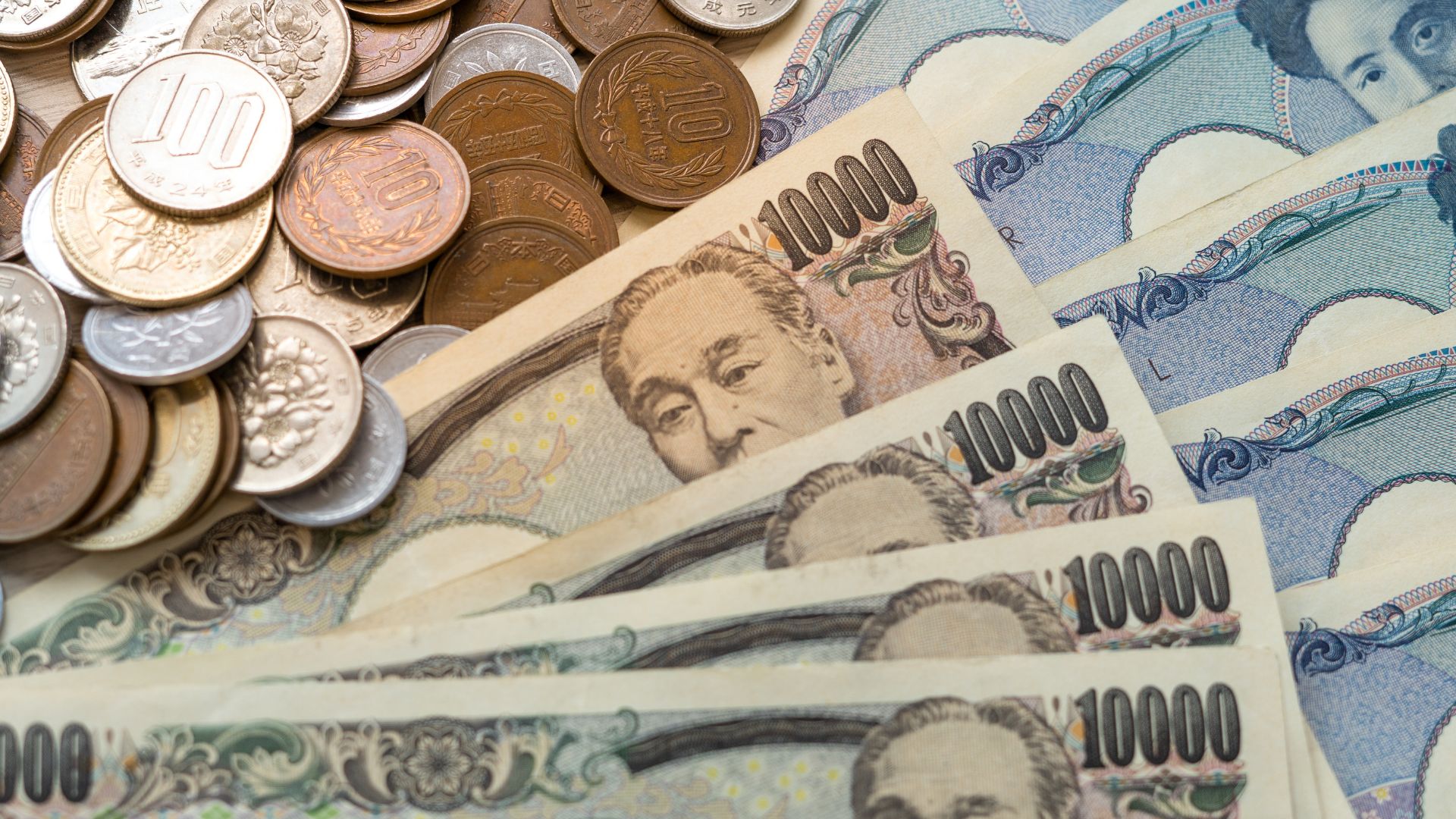 The yen’s sharp decline has brought it dangerously close to the psychologically significant 150 mark against the U.S. dollar, prompting increased vigilance from Japan’s policymakers. The yen’s weakness has been driven by the ongoing divergence between Japan’s ultra-loose monetary policy and the U.S. Federal Reserve’s hawkish stance.
The yen’s sharp decline has brought it dangerously close to the psychologically significant 150 mark against the U.S. dollar, prompting increased vigilance from Japan’s policymakers. The yen’s weakness has been driven by the ongoing divergence between Japan’s ultra-loose monetary policy and the U.S. Federal Reserve’s hawkish stance.
As the yen continues to slide, Japan’s government has signaled it may intervene to stabilize the currency if the depreciation becomes too rapid or volatile. Officials have already expressed concern over the yen’s decline, fearing it could exacerbate inflationary pressures by raising import costs, particularly energy, for the resource-dependent nation.
Masato Kanda, Japan’s top FX diplomat, warned earlier this week that the government is closely monitoring the situation and stands ready to take action if necessary. “We are watching currency movements with a high sense of urgency,” Kanda said, adding that intervention could be on the table if needed to curb the yen’s sharp fall.
Despite Japan’s potential readiness for intervention, analysts remain cautious about its effectiveness. Japan’s previous interventions, including last year’s attempts to prop up the yen, had only limited success in reversing its downward trend. With the U.S. dollar continuing to strengthen on the back of higher interest rates, the yen’s outlook remains fragile.
Investors are also weighing how much further the Bank of Japan can maintain its dovish policies without triggering additional market volatility. While the BOJ has been reluctant to tighten monetary policy, pressure is mounting for it to reconsider its stance if the yen’s weakness becomes more destabilizing.
For now, the yen’s slide remains a key focus for markets, with any sign of intervention or policy shifts from the BOJ likely to trigger significant volatility. As the currency flirts with the 150 level, traders are bracing for potential moves in the coming days.



